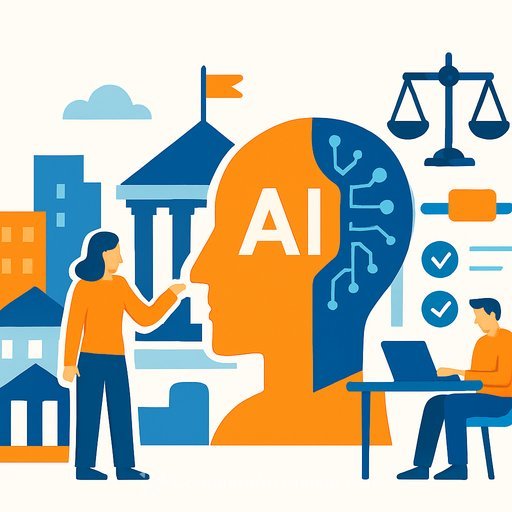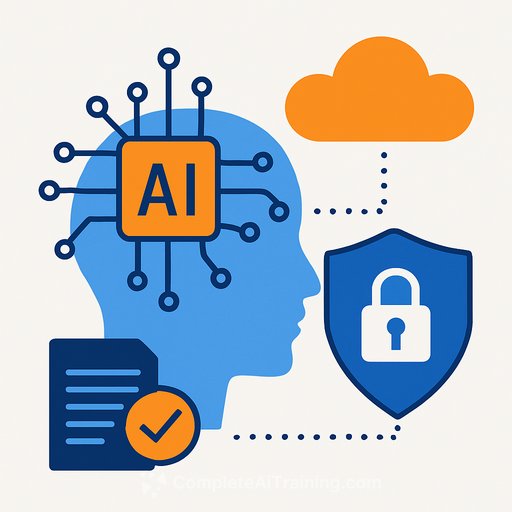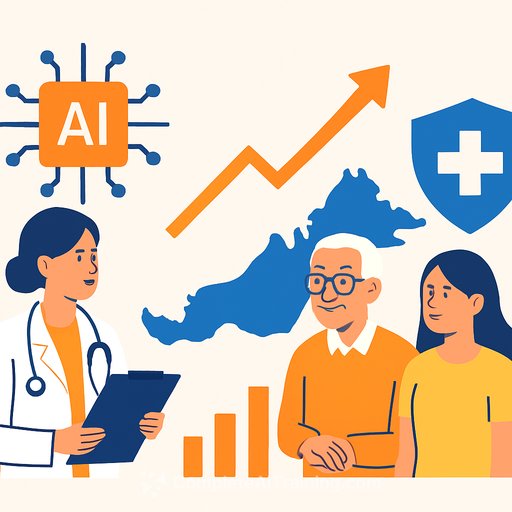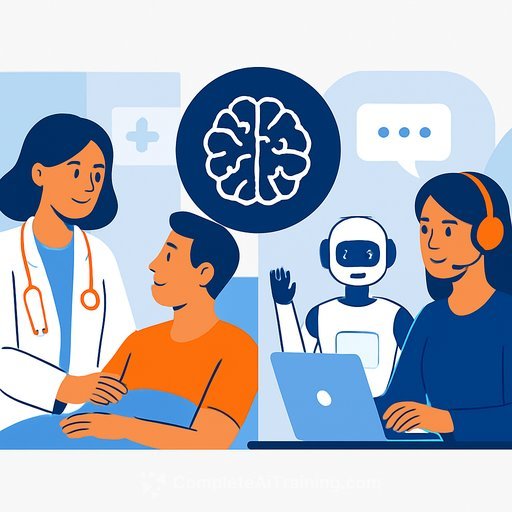AI-Friendly Healthcare Reforms: What the New White Paper Means for Care Teams
Alexandria, Va. - October 20, 2025
A new white paper, "Aging Well with AI: Transforming Care Delivery," calls for federal and state action to update laws, regulations, and payment systems so clinical teams can put AI to work where it matters most. Commissioned by HealthFORCE with AAPA and West Health, the report zeroes in on a clear message: AI can ease the workforce crisis, but policy has to move first.
"America's healthcare system is not built for the future. We can't just innovate around broken infrastructure-we need to modernize it," said Lisa M. Gables, CEO of AAPA and founder of HealthFORCE. "This paper makes clear that AI alone won't fix workforce shortages, but with policy reform, it can dramatically ease the burden and bring care to more people."
Why this matters now
- A projected shortfall of 3.2 million healthcare workers by 2026 meets an aging population with more complex needs.
- Administrative overhead wastes clinical capacity and contributes to burnout and access gaps.
- AI tools can free time, coordinate care, and support learning-if rules and incentives stop getting in the way.
The paper's north star: Low-risk, high-impact first
The report introduces a Risk/Impact Matrix to guide adoption. Start where risk is low and value is high, then expand thoughtfully.
Priority AI use cases to scale now
- Ambient AI scribes: Reduce redundant charting so clinicians spend more time with patients.
- AI-supported care coordination: Cut duplicative tests and missed referrals through smart triage and automated follow-ups.
- On-demand clinical training: Role-specific, AI-enhanced education to keep providers current as scopes and standards shift.
Build toward these next
- AI-assisted diagnostics: Support clinical decision-making while maintaining oversight and safety.
- At-home monitoring for vulnerable patients: Close care gaps with proactive outreach and escalation paths.
Policy shifts the paper says we need
- Modernize practice laws: Let PAs and NPs practice to the full extent of their training, including using digital tools in clinic, coordination, and home-based models.
- Shift payment models: Move away from volume and reward continuity, outcomes, and tech-enabled care.
- Streamline documentation: Align billing rules with AI-supported workflows to remove low-value admin work.
- Set national AI standards: Safety, equity, and interoperability frameworks that apply across care settings.
"Breakthroughs in discovery won't transform care if we don't invest in the infrastructure to deliver them," the report states. "AI is driving operational innovation-streamlining workflows, coordinating care, and extending capacity-but without modern systems and policies, its potential will remain untapped."
What healthcare leaders can do next
- Pick the right pilots: Start with ambient scribing, referral management, or education support. Measure time saved, throughput, and patient experience.
- Tighten governance: Create a cross-functional review of AI tools (clinical, legal, IT, equity). Define data sources, validation, and escalation pathways.
- Prep teams: Train PAs, NPs, and physicians on workflow changes and oversight responsibilities. Clarify where clinical judgment stays primary.
- Revisit policies and contracts: Update supervision requirements, telehealth protocols, and vendor agreements to reflect AI-enabled workflows.
- Align incentives: Tie internal goals to outcomes and continuity, not documentation volume.
Where to read the report
For details and policy recommendations, see West Health's latest release: West Health Institute.
Skill up your team
If you're building AI literacy across clinical and operations roles, explore curated options here: Complete AI Training - Courses by Job.
Together, the two reports in the Aging Well with AI series deliver a straightforward takeaway: AI can help relieve the workforce crunch, but only if we fix the policy roadblocks first.
Your membership also unlocks:






